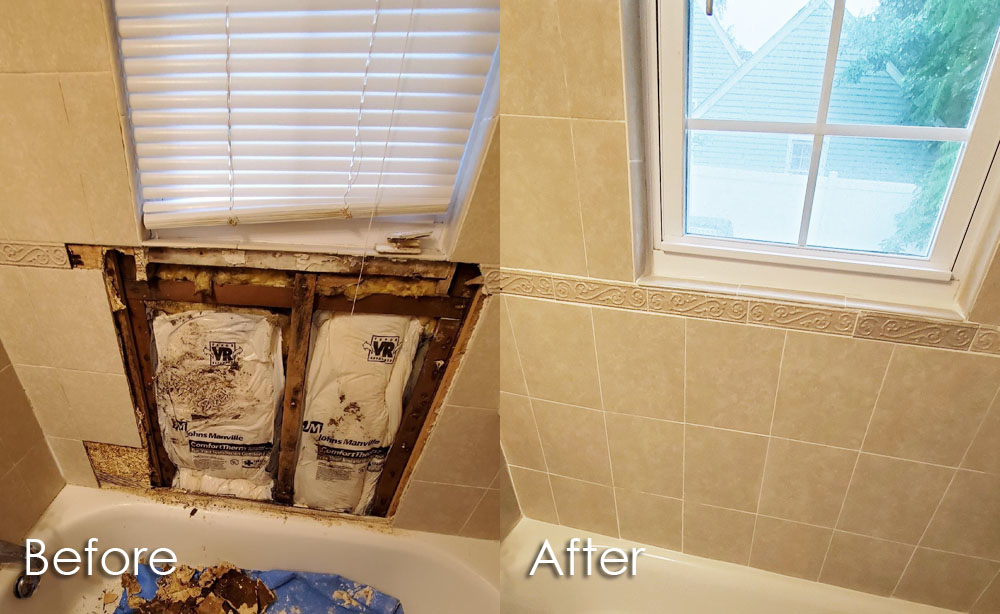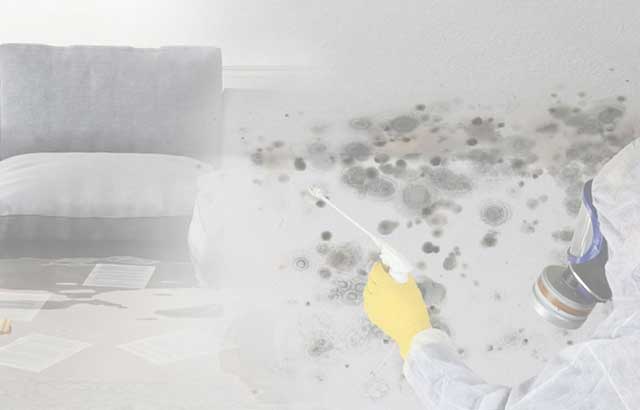What are your ideas about How to Fix a Water Damage Bathroom?

The restroom is extremely susceptible for moist build-up as well as prospective water damage because of the frequent use of water in it. This article supplies straightforward examination techniques to help spotting water damage hazards.
The frequent use water in the washroom makes it incredibly susceptible for damp build-up as well as prospective water damages. By checking it frequently, you can minimize water relevant problems.
The adhering to collection of assessments is simple to do as well as ought to be done when in every three months in order to keep your washroom healthy and also to stop possible water problems triggered by the tub, the shower, pipe joints as well as plumbing, sinks, cabinets, and the toilet
Do not neglect executing these evaluations as well as be comprehensive while performing them. Keep in mind that these straightforward examinations can conserve you a lot of cash by giving very early indicators for water damage
Bathtub and Shower
The shower and bath tub call for unique attention and upkeep. Inspect the ceramic tiles and change if split. Make certain that there is no missing cement between the tiles. Evaluate as well as replace cracked caulking at joints where the wall surfaces satisfy the floor or the bath tub. Blocked drains and also pipelines problems will certainly avoid the bathtub from drying out as well as may show severe problems under the tub. Speak with a specialist promptly to stop structural damage. Take notice of discolorations or soft locations around the tub wall surfaces as they might indicate an inner leak.
Plumbing
Signs for water damages are difficult to detect since a lot of pipes are mounted inside the walls.
Pay unique attention to floor covering as well as wall surfaces wetness and also spots as they might suggest an invisible plumbing problem. Inspect moisture levels in adjacent spaces too.
Sinks as well as Cabinets
Sinks and also cupboards are revealed to wetness and also humidity day-to-day and also are frequently ignored. Inspect on a regular basis under the sink and on the counter top above it. Repair any kind of drip in the trap as it might recommend drain issues. Browse the sink, slow draining pipes might indicate a blocked drainpipe. Replace sink seals if they are broken or loosened.
The Toilet
The bathroom is an at risk water junction. Inspect the water lines and also look for leakages around the toilet seat, in the pipe, and also under the water tank. If you find any kind of signs of wetness on the flooring around the toilet, check for leakages in the toilet edge as well as container seals.
Be aware that hanging bathroom dish antiperspirants increases the possibilities for blockages.
Water Damage Signs In The Bathroom To Avoid Cleanup
Musty smell
This is one of the easiest signs to catch because musty smells are so odorous. The damp, earthy, moldy smell should be a big red flag. The smell will develop when moisture gets trapped in surfaces, and begins to facilitate mold growth. Leaking pipes under cabinets, inside walls, and behind shower fixtures will cause moisture to stay trapped and not dry, which will lead to mold growth and spread. As soon as you notice any musty smells in your bathroom, have it checked for hidden water damage and cleanup signs.
Visible mold
If the smell isn’t there to give it away, sometimes you will actually see mold growth. Finding mold in your bathroom is a serious problem, because mold is very harmful to your health. By the time mold growth is visible, it also means that water damage has already occurred and been present for some time. The only way the mold problem can be resolved is to find the source of the moisture and get it stopped. To safely and adequately remove mold, you need to have professionals handle the remediation. Do not waste any time in getting mold problems addressed, fixed, and sanitized so that you can protect you and your family from the many respiratory symptoms caused by mold exposure.
Damaged floors
Bathroom floors should be able to withstand some exposure to water while still remaining in good condition. However, when excess exposure or water leaks occur, they will begin to damage even the most water-resistant flooring. If you notice any cracking, bubbling, staining, or warping on your bathroom floors, there is probably a water leak somewhere causing the distortion. If you notice areas of the floor have become softer, or even have a spongy feeling, there is probably damage to the subfloor. Subflooring is typically made up of plywood. When plywood is exposed to water or moisture, it will absorb it. Once it has become saturated, the weight of the excess water will cause the wood to swell and soften. Check the floors in your bathroom frequently to catch any of these sings before they lead to damaged subflooring.
Changes on walls
When water leaks behind walls, it will cause changes in the drywall. Peeling plaster, blistering paint, and soggy wallpaper are all good indicators that excess water is building up behind the wall. Water leaking behind drywall will cause it to swell and be soft to the tough. If you start to notice gaps along the trim of your walls, or where tile meets the wall, it could also be a strong indicator that there is a leak behind the wall. Any changes, distortion, or damage on the walls should be evaluated as soon as you notice it to prevent further water damage and cleanup.

We were brought to that write-up on Common Causes of Water Damage in a Bathroom through an acquaintance on a different website. Kindly take the opportunity to promote this article if you appreciated it. Kudos for your time. Come back soon.
Schedule A Service Call